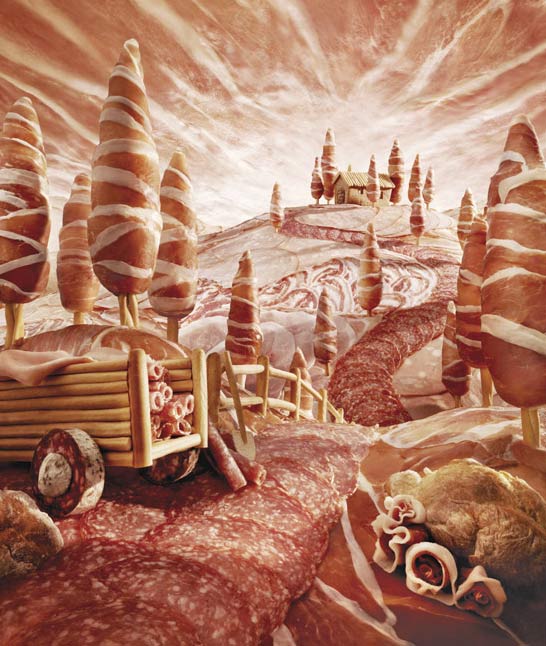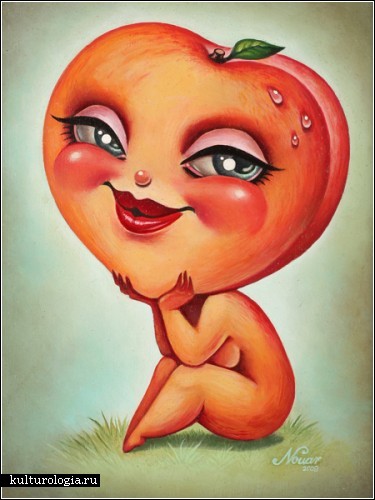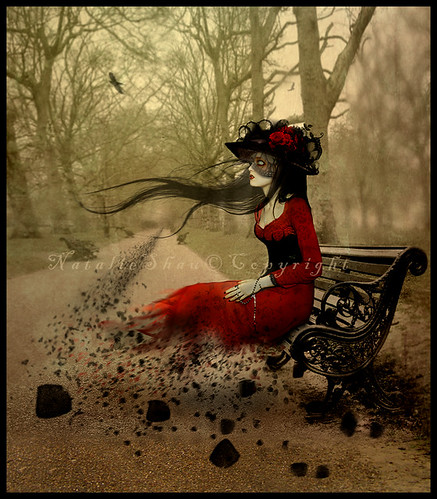Paolo Tonato’s interview:
- What are you trying to comunicate with your photos?
Through photography I look for the detail. I like the idea that photography could capture an istant and extract it from the world surronding. Acting in this way lets you attract people’s attention on moments and nuances that usually people can pass up.
- What are you looking for through the use of photography?
I’m looking for the detail, starting from the graphic basis or composition balance I’m trying to show the worls as it appears to me.
The camera let us capture a time fragment and preserve it, so that we are able to show it to people not there in that specific moment. So, photographer is able through lens to describe the world as he sees it.
- Is there a photography or a project to whom you are particularly attached? Why?
Yes, It’s named Manniquines. This project entailed the two souls of the photographer: the first is the professionist’s one, that works for someone and so h isn’t completely free when he shoots. The second is the author’s one, that rapresents the creative part of shooting.
I often work with still lyfe, that let me act on all the object’s parts (light, positions, compositions..). In Mannequines I wanted to try a completely different experience. In fact, all the shoots are taken by night, positioning the tripod on the sidewalk and with the shop-window in front. The only lights I had were those of the shop, and I couldn’t modified anything of the set. The final result is a series of mannequines portaits that have a particolar light in their eyes.
- What question will you ask yourself if you will be interviewed? And how will your answer be?
What kind of meaning do you give to photography? And how do you perceive your figure in the photographic world?
Photography is a “poor” art. You don’t need any specific quality or ability to take good pictures. So, sometimes in this field the word “artist” may be a little bit abuse. Artist is a person with a major sensibilità compared to other people, who is able to understand and comunicate emotions and images to his public. I’m meanly a professionist and then I can consider myself a san author, but nota n artist. Author in the sense that I tell things and stories through my works.
Intervista a Paolo Tonato:
- Cosa cerca di comunicare attraverso le sue fotografie?
Attraverso la fotografia cerco di cogliere il particolare. Mi piace l’idea che la fotografia possa catturare un istante ed estrarlo dal mondo circostante. Così facendo è possibile attirare l’attenzione delle persone su momenti o sfumature che magari nella fretta della giornata sfuggirebbero.
- Che cosa ricerca attraverso l’utilizzo della fotografia?
Riprendendo quanto detto sopra, partendo da presupposti grafici o equilibri nella composizione dell’immagine cerco di mostrare il mondo per come mi appare.
La macchina fotografica ci permette bloccando un frammento di tempo di riuscire a conservarlo per poterlo mostrare ad altre persone non presenti in quel momento. Il fotografo attraverso l’obiettivo descrive il mondo attraverso i suoi occhi.
- Esiste una fotografia o un progetto al quale è particolarmente legato? Perché?
Si, si chiama Manichini. Questo progetto racchiude in sé le due anime del fotografo: quella del professionista che lavora per un committente e quindi non è completamente libero quando scatta e quella dell’autore, che rappresenta estro e creatività.
Lavorando spesso sullo still life in studio, dove è possibile agire sulla fotografia da tutti i punti di vista (luci, composizione, angolatura..) ho voluto provare a misurami con l’esatto opposto. Le foto sono state scattate tutte di notte, appoggiando il cavalletto sul marciapiede e fotografando davanti ad una vetrina, con a disposizione solamente le luci dei negozi, senza poter minimamente agire sull’oggetto e quindi non avendo libertà di movimento.
Alla fine il risultato è stato una serie di ritratti di manichini i cui occhi sembrano di particolare intensità.
- Quale domanda si farebbe se venisse intervitato e come risponderebbe?
Quale significato attribuisce alla fotografia? E come percepisce la sua figura al suo interno?
La fotografia è un’arte povera. Non necessità di particolari capacità manuali. La pittura o la scultura richiedono doti eccezionali, ma chiunque dopo un buon corso è in grado di fare delle belle fotografie.
A volte in questo campo la parola artista può essere un po’ abusata. L’artista è una persona con una sensibilità sopra la norma che riesce a percepire e trasmettere sensazioni, immagini al suo pubblico. Io sono un professionista e poi un autore, ma non mi sento artista. Autore nel senso che racconto delle cose attraverso le mie immagini.
For further information see also: http://www.paolotonato.com/Paolo_Tonato.html and http://paolotonato.blogspot.com/.
(For example this graphic joke created by this billboard macro can give an idea of my photographic work on the detail.)
( Ad esempio il gioco grafico creato grazie alla macro di questo cartellone pubblicitario può rendere l’idea del mio lavoro fotografico di ricerca sul particolare).
Some photos from Mannequines series:



































